A new trend in counterfeit money – the 100 lev banknotes are the ones that are most often counterfeited, unlike a few years ago when the most counterfeited were the 20 lev bills. This is according to data from the Bulgarian National Bank, confirmed to Radio Bulgaria also by representatives of the currency exchange business.
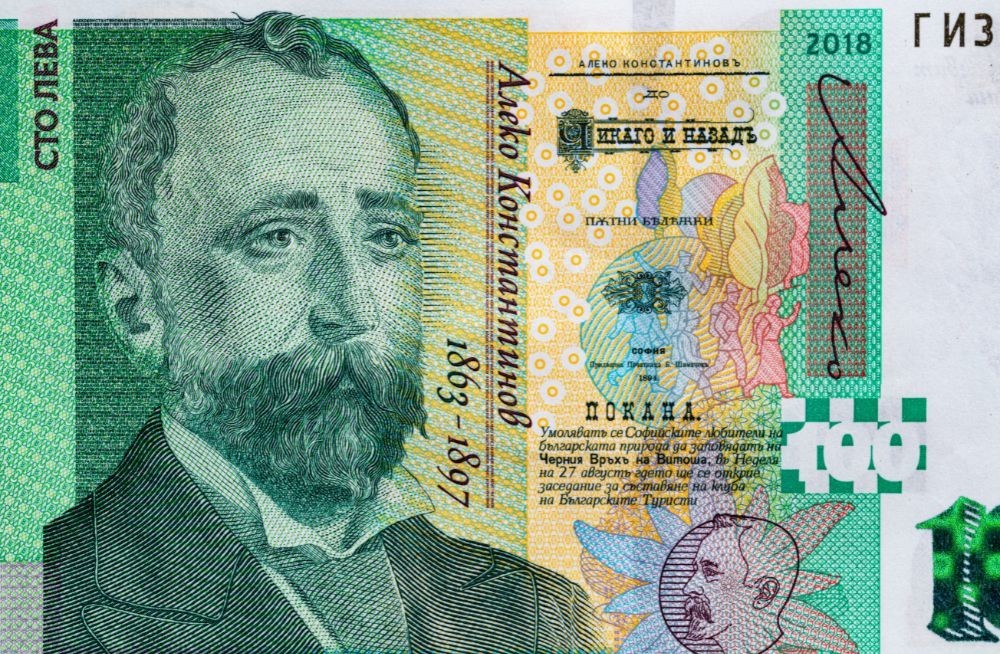
Statistics show that more than 660 counterfeit 100-lev banknotes were detected by the BNB in the second quarter of the year, while 31 were detected in the first three months of 2025. The General Directorate Combating Organised Crime reports a total of about 1,400 counterfeit banknotes detected since the beginning of the year, with the largest number of them being in denominations of 50 or 100 BGN.
Here we should point out that according to experts, the amount of counterfeit bills detected is much smaller than their real presence on the market, as there are fake bills that are difficult to detect even by the most experienced experts. Even a professional counting machine can now be deceived. This was what financier Max Baklayan, one of the founders of the Expert Club for Economics and Politics, which includes specialists in the field of economics and politics who provide analyses on current topics, told Radio Bulgaria. Baklayan is also an executive director of one of the largest chains of currency exchange offices in this country.
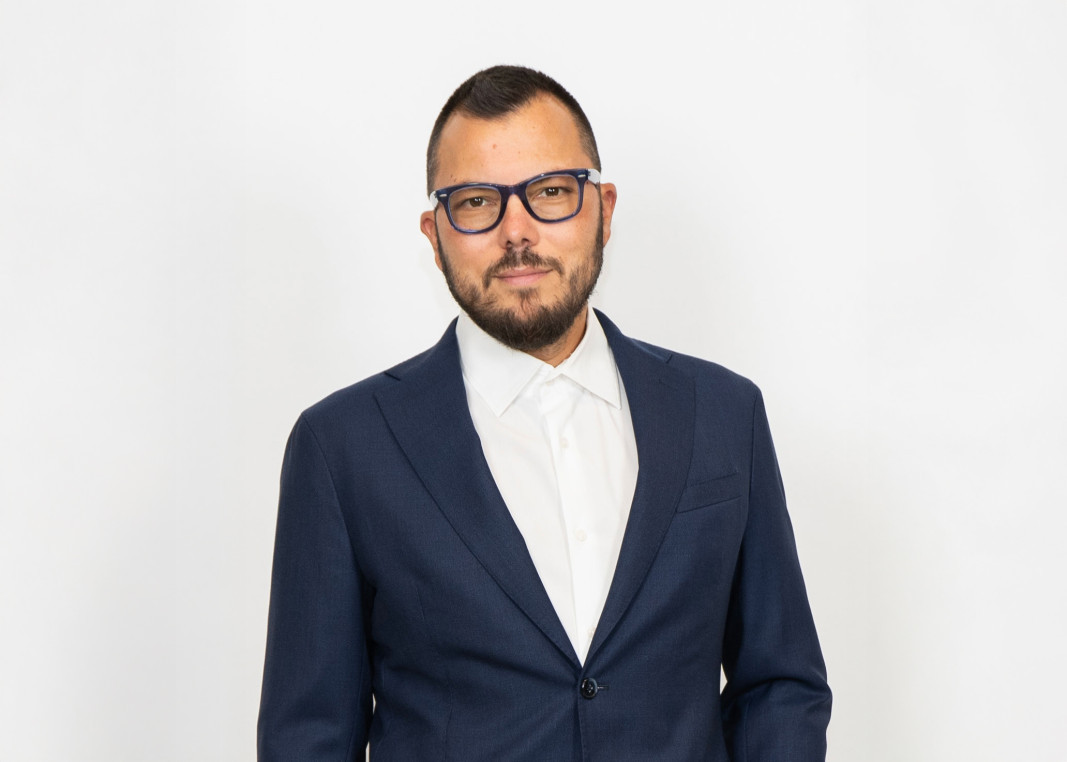
"There are certainly more frequent attempts for using counterfeit fifty-lev and hundred-lev bills. A few days ago we detected a 100-lev bill that the professional currency checking and counting equipment failed to detect. It was detected later thanks to a more careful manual check by an employee. The interesting thing about this banknote was the unusually smooth paper, resembling that of a newspaper. It lacked basic security elements – there was no watermark, no relief, the hologram strip was extremely poorly made. The number 100 seemed to be drawn on, not part of the hologram element. We know that there are currently more frequent attempts to use counterfeit money. This is normal because with the introduction of the euro on January 1, 2026, the Bulgarian lev will cease to be an official currency and practically all counterfeit lev banknotes that are in circulation and in the hands of counterfeiters will be disposed of by the end of the year," Baklayan said.
Given that we have been using the current lev banknotes for over 25 years and some people are still being deceived, it is natural to ask ourselves – how would we recognize counterfeit euro banknotes after the New Year? The industry reports that the exchange of levs into euros has increased by over 100%.
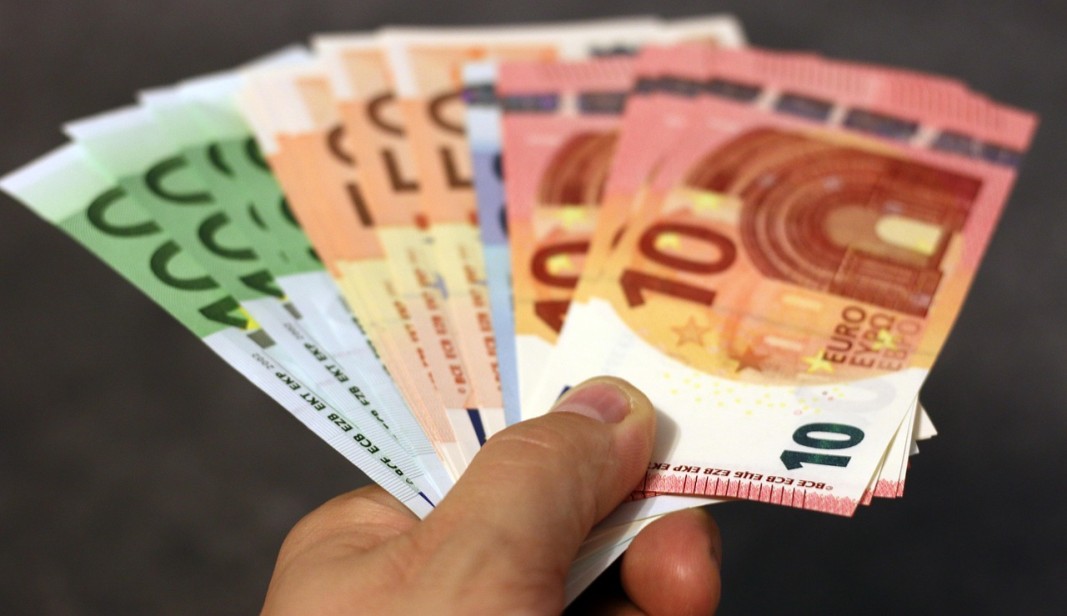
"There is a very large influx of people to exchange offices. This further complicates things for them if they do not have the necessary staff. Counterfeiters are counting on the fact that the banknotes would not be checked by hand and would only go through a machine for verification. My advice to people is this – use only reputable and licensed traders and watch what they do. If they only do your transaction on a machine, you should be very vigilant and careful when working with them," the businessman warns.
Here are the checks we can do ourselves:
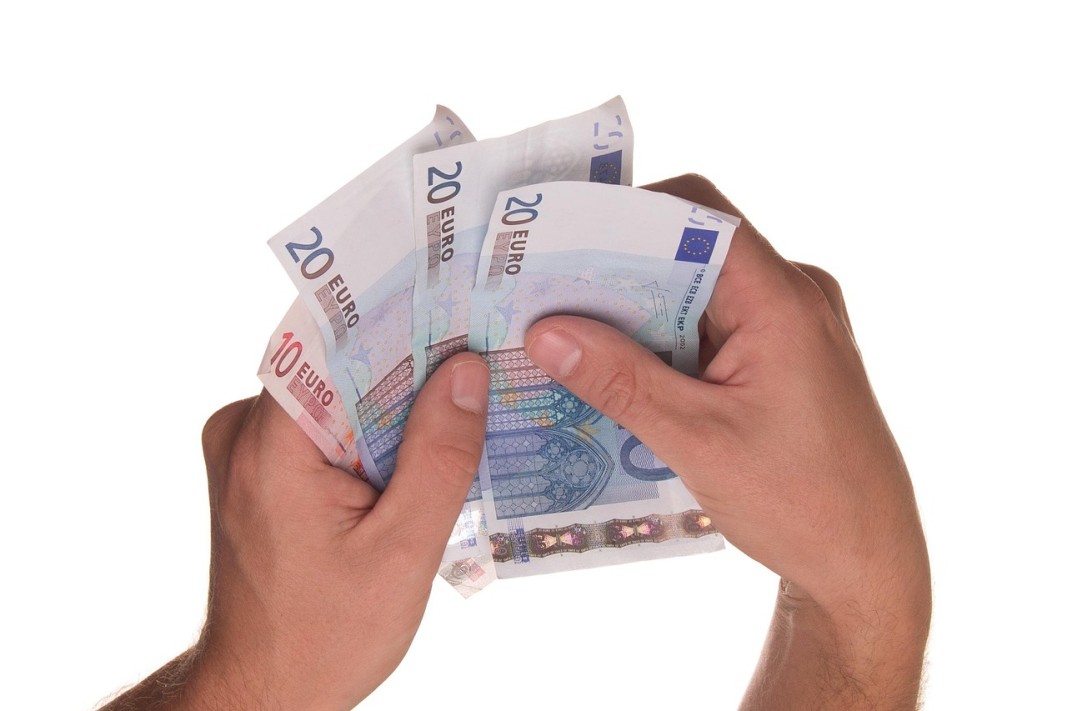
"Every banknote has distinctive features that prove its authenticity. The first thing you should do with every banknote, including the euro is when you hold it in your hand to lightly rub it on the left and right sides so you can feel the relief. Counterfeit banknotes do not have this relief. The second thing you must do is look at the banknote under light. The watermark practically means thinning of the paper. And when you look at the banknote, light passes through it more easily. In counterfeit banknotes, the watermark is drawn, i.e. light does not pass through more easily. Or the watermark may be completely missing", Max Baklayan says.
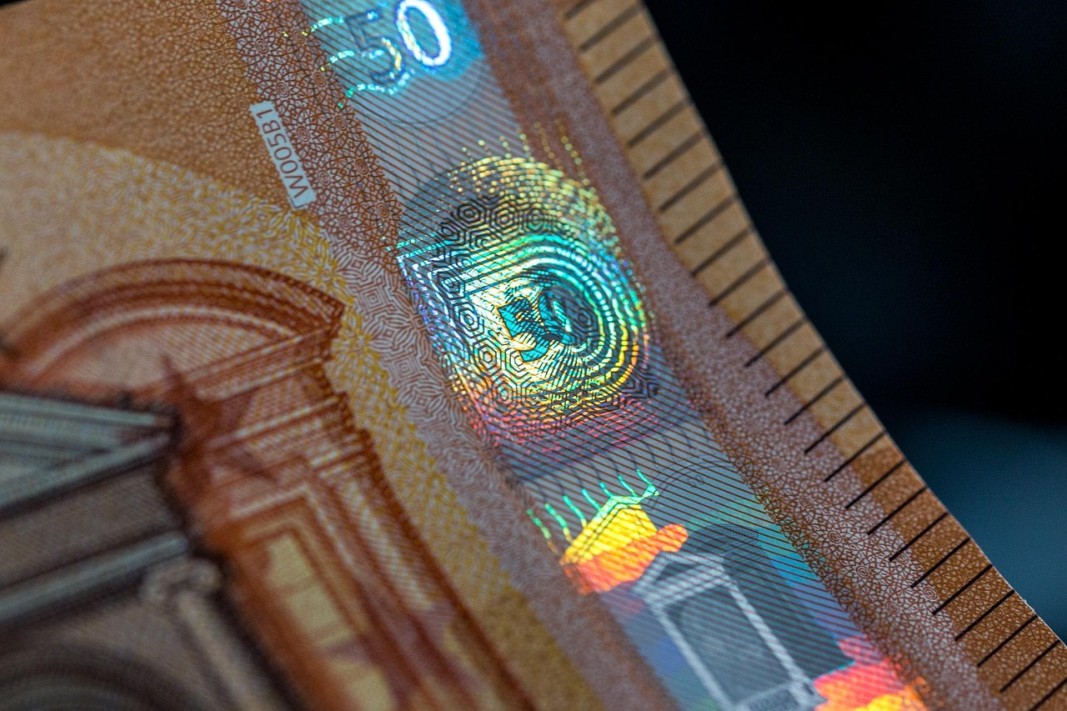
Another basic way to distinguish a real banknote from a fake one is by looking at the hologram strip present in each bill. The colors change under light, while in the counterfeits they are literally drawn and do not change depending on the light they are exposed to. In addition, counterfeiters focus more on the front of the banknote, due to the normal reflex of most people to look at the front of the banknote without delving into details.
To summarize, vigilance when handling banknotes is mandatory and everyone's responsibility, regardless of whether it is levs or euros. Our knowledge and civic responsibility can prevent the spread of counterfeit banknotes.
Read also:
Bulgarian euro coins will 'speak' of national history and spirituality
Author: Ivan Gergov
Publication in English: Alexander Markov
Photos: Pexels, personal archive, Pixabay
On 27 October, the first meeting of Action CA-24150 “Values in Turbulent Times: Navigating Social Change and Challenges (VISTA)” took place in Brussels. The initiative is part of the European Cooperation in Science and Technology (COST) programme – one of..
The so-called Seal of Biliteracy was created in 2011 in the US state of California with the idea that in the conditions of a globalized economy and relationships, it is not possible for a person to develop their full potential by..
Fertility Europe , the pan-European organization that represents patient associations focused on infertility issues, has announced the start of the 9 th European Fertility Week 2025, 3-9 November. The campaign is taking place throughout Europe..
Fertility Europe , the pan-European organization that represents patient associations focused on infertility issues, has announced the start of the 9..
The so-called Seal of Biliteracy was created in 2011 in the US state of California with the idea that in the conditions of a globalized..
Today, in the Radio Bulgaria studio, we welcomed Helmut Matt – a writer, radio journalist and poet, who has maintained a special connection with Bulgaria..

+359 2 9336 661
